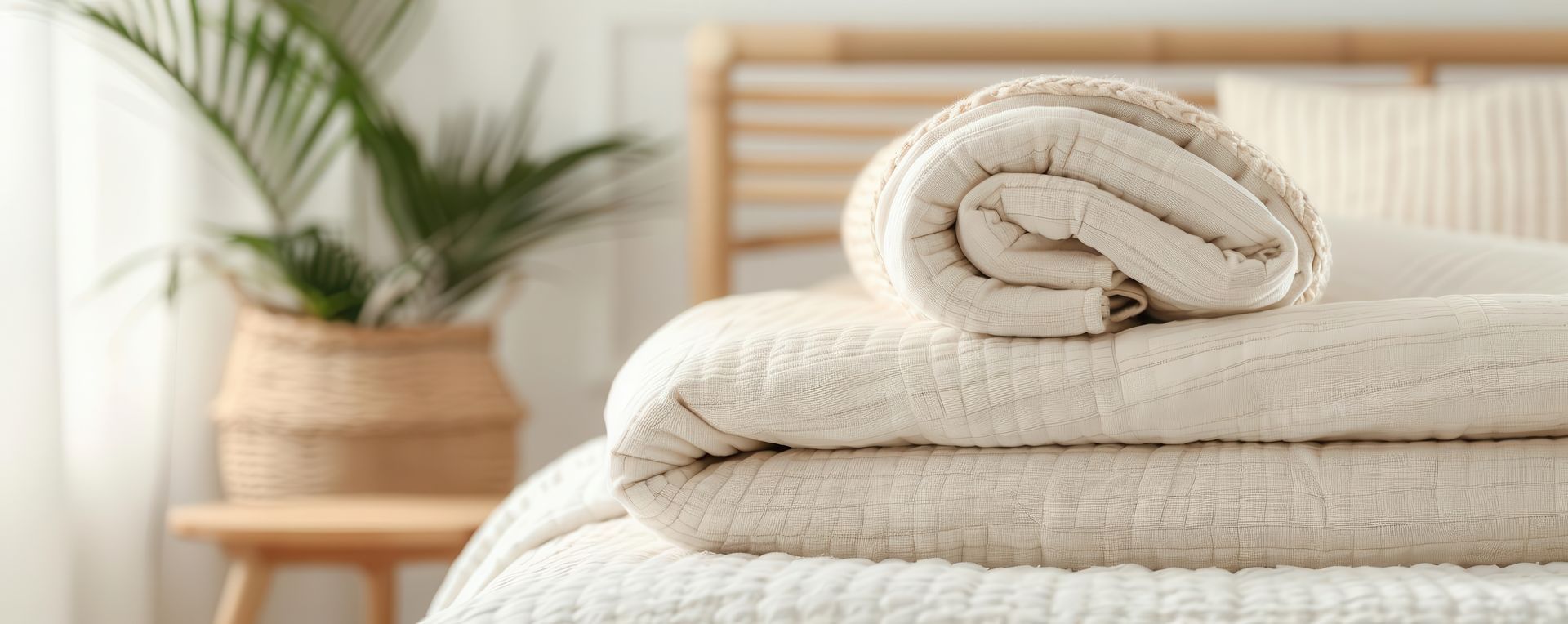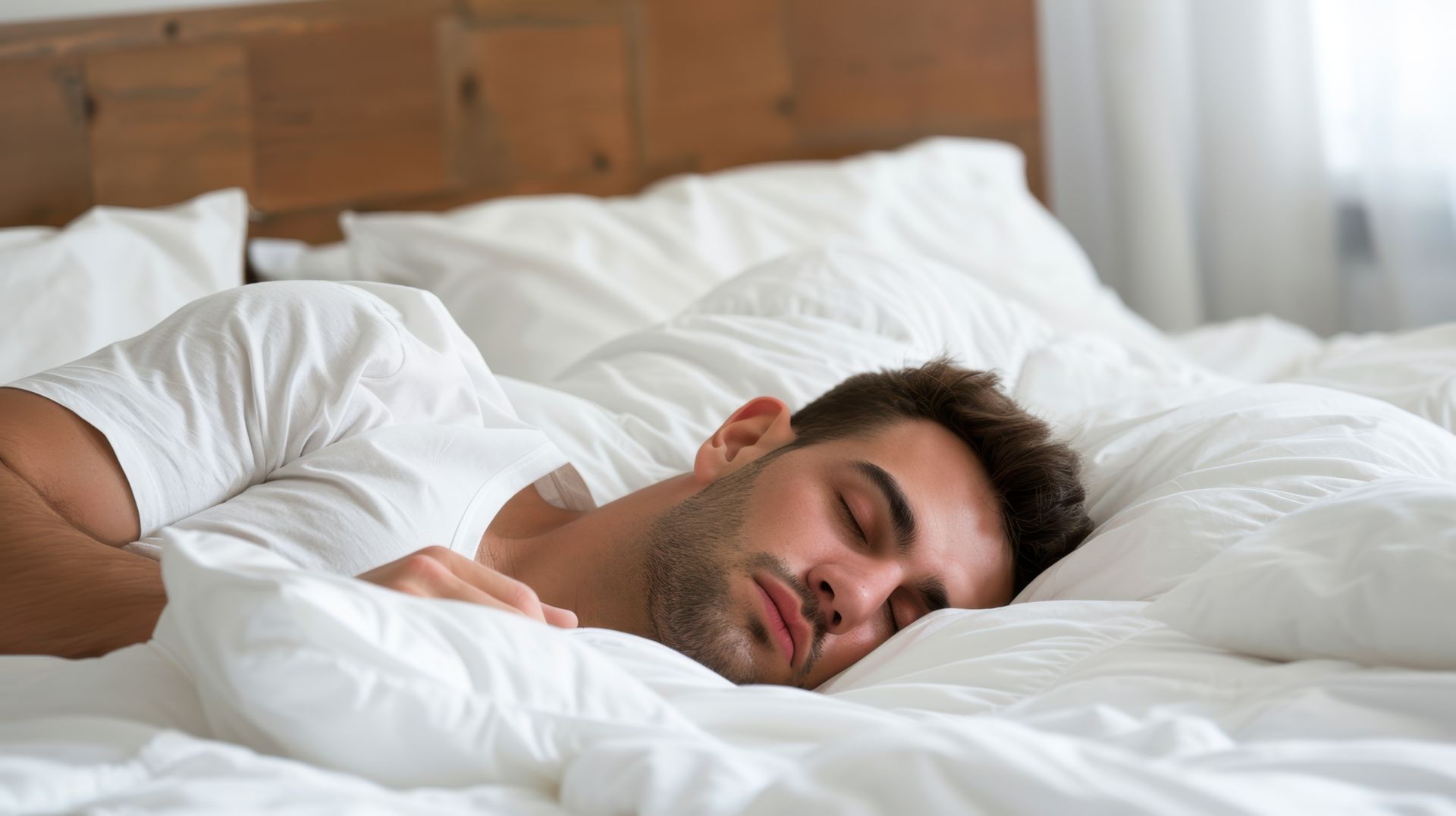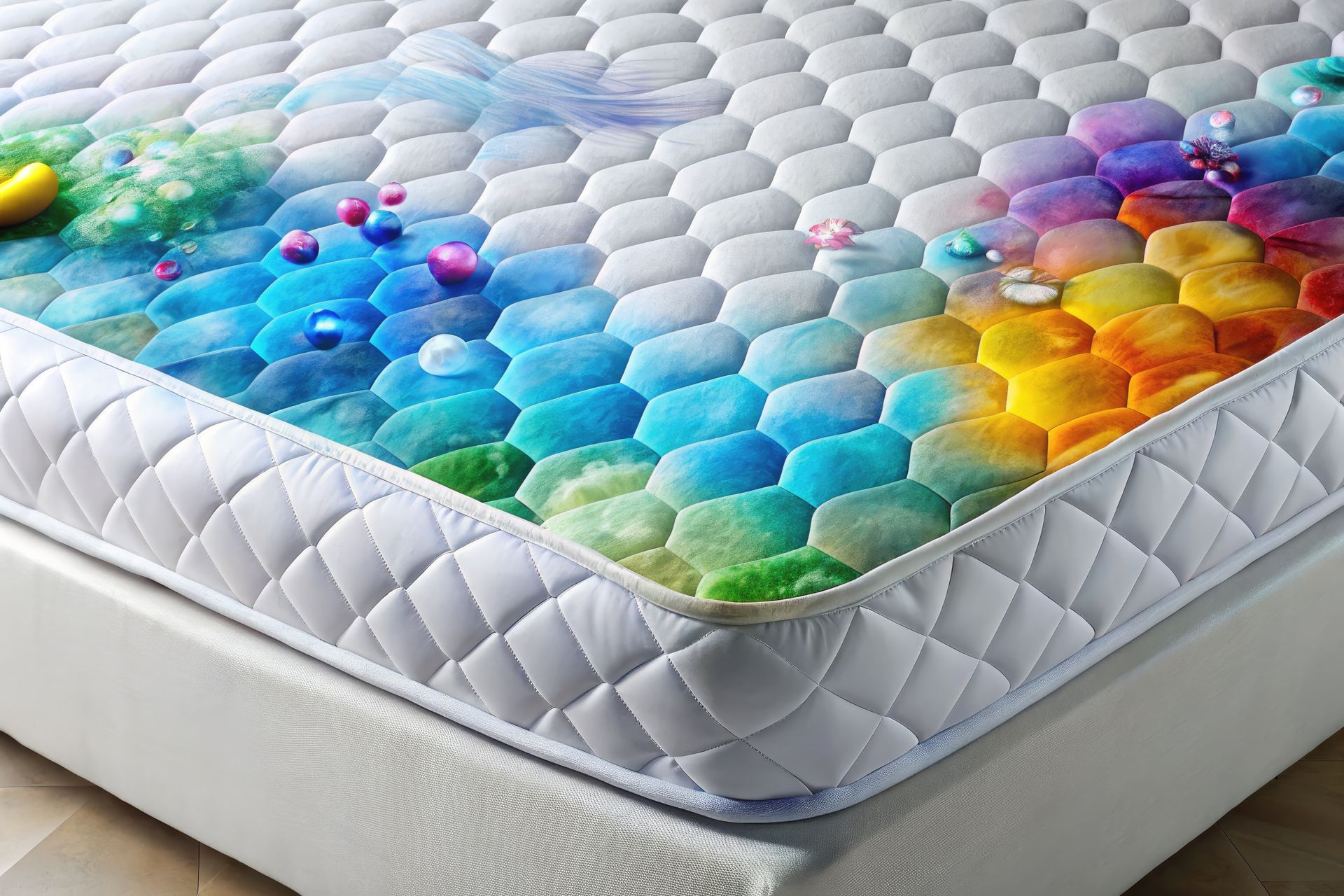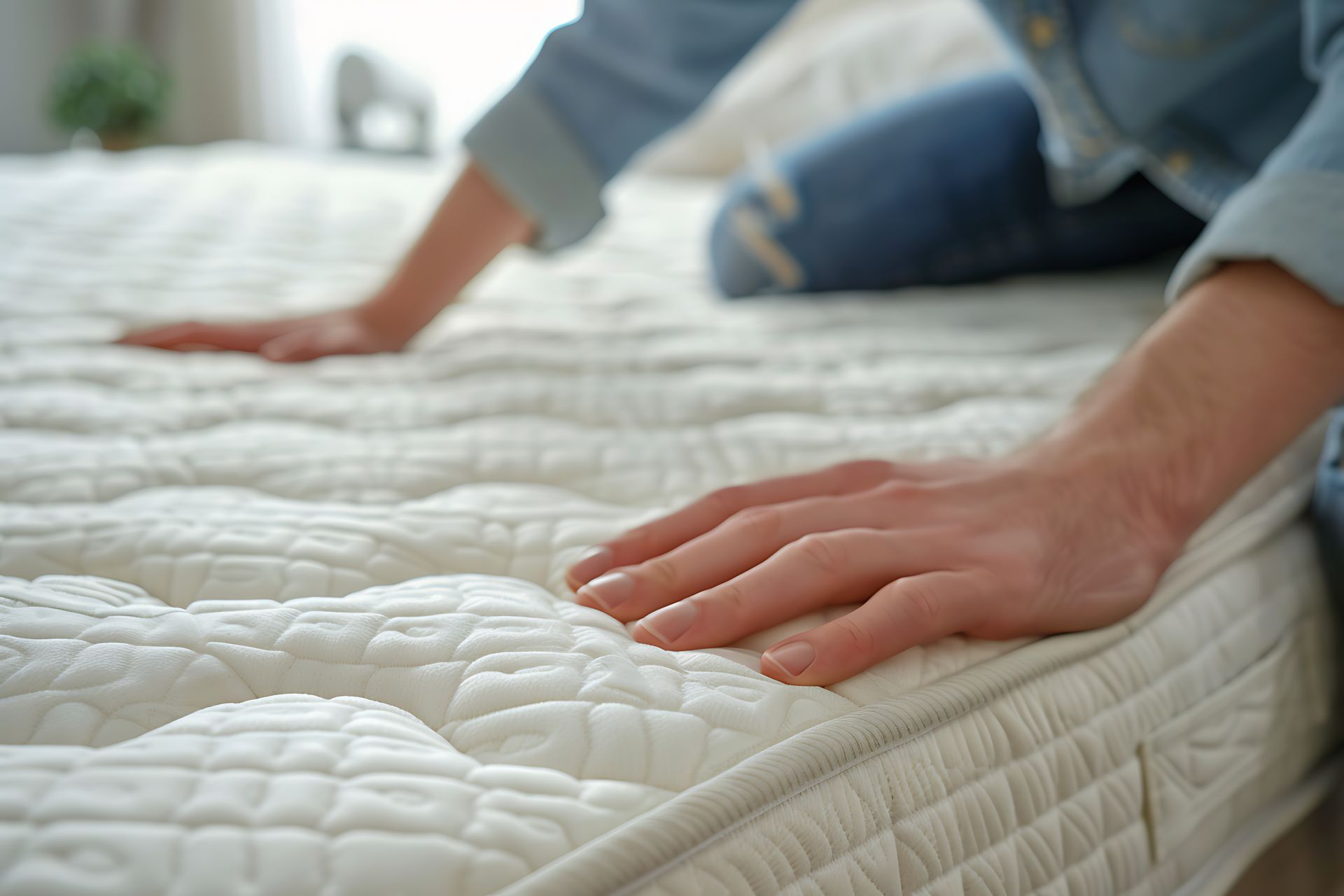
Like most manufactured products, mattresses are not carbon neutral. From material sourcing and manufacturing to transportation and disposal, mattresses can negatively impact the environment. There is no entirely carbon neutral solution for sleep surfaces in modern times, but not all mattresses are equally bad.
Some materials take a more significant toll on the environment than others. A mattress’s design can also play a role in its longevity, which is arguably the most important variable when measuring the environmental impact of mattresses.
Estimates suggest that roughly 50,000 mattresses are disposed of in the United States every day, with most ending up in landfills. Only about five percent are recycled, although some states are passing laws to increase mattress recycling rates.
Mattress Material Matters
Latex mattresses, particularly those that feature a high percentage of natural latex, are the most sustainable. Natural latex, a sustainable material, is derived from rubber trees, which are tapped, not harvested. A single tree can produce rubber for many years and be replanted once spent. Natural latex is also biodegradable.
Cotton is similarly renewable and biodegradable, although the way in which it’s grown and harvested can influence the environmental impact of the material. Wool sheared from sheep is similarly renewable and biodegradable.
Bamboo, another commonly used biodegradable mattress material, grows quickly and has minimal water requirements compared to other harvested plants.
Many mattress materials are primarily derived from petroleum. Polyurethane foam is a petroleum product, is not renewable and is difficult to recycle. Memory foam, which is a type of polyurethane foam, is particularly problematic due to the addition of viscosity and density-enhancing chemicals.
There are also legitimate concerns pertaining to volatile organic compounds (VOCs) that are released by these materials, which can pollute both the environment and indoor air.
How Long Does a Mattress Last?
What may be even more important than mattress material or manufacturing practices is the frequency of replacement. Is it worse to throw away two mattresses over 15 years or a single mattress after 15 years of use? An argument can be made that double-sided mattresses are the most eco-friendly mattress type since they cut a household’s volume of mattress waste in half.
Different materials have different projected lifespans. Latex mattresses hold their shape and maintain their supportiveness for longer than memory foam, especially low-density foams. Memory foam can lose its elasticity quickly, especially after years of hot sleepers creating indentations in the surface.
Innerspring mattresses with a high count of durable coils also maintain their shape and supportiveness longer than low-count coil mattresses, especially ones that use low-quality springs.
The mattress’s pillow-top layer can also influence the mattress’s longevity. Low-quality plush pillow-top layers may compress and wear out faster than the underlying mattress.
How to Make Your Mattress Last Longer
There are two categories of mattress upkeep: cleaning and structural protection.
Cleaning means preventing stains and spills on the mattress and removing dust mites and allergens that can degrade sleep quality or tempt you to prematurely replace a mattress. Using a mattress protector to prevent body oil buildup from seeping into the mattress, as well as mold or mildew growth, can help keep your mattress clean.
Use a handheld vacuum with a soft brush attachment to clean your mattress surface and remove dust, debris and allergens. You may also want to air out your mattress periodically when you’re changing sheets.
Structural protection is more about protecting the material and stability of the mattress. Even single-sided mattresses can and should be rotated 180 degrees every three to six months. This ensures even wear and prevents the formation of body impressions. This is particularly important for foam and hybrid mattresses.
Also use a proper bed frame or foundation. Mattress support with slatted frames that are no more than three to four inches apart prevents sagging and helps maintain the mattress’s shape.
If you do have a double-sided mattress, you may want to flip it every three to six months in addition to rotating it. Doing so allows even wear and prevents any part of the mattresses from becoming prematurely uncomfortable or malformed.
Get Long-Lasting, Responsibly Manufactured Mattresses in Spokane
The team at Twilight Bedding is dedicated to responsibly manufacturing high-quality, long-lasting mattresses. Our environmentally responsible latex mattresses and InnerSpring mattresses are made right here in Spokane, significantly reducing shipping-related pollution and saving our customers money.
If you want to purchase a high-quality, locally made mattress, visit or call our Spokane Valley Showroom at (509) 926-2333 or our North Spokane Showroom at (509) 413-2431.






